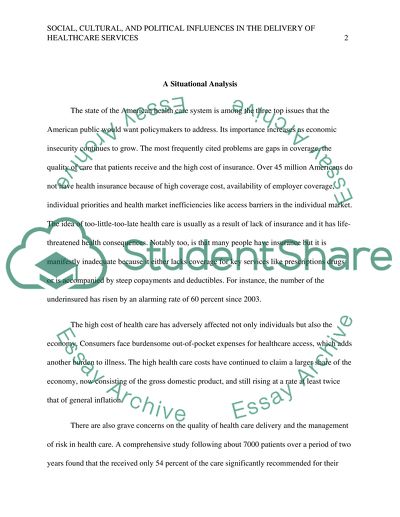Cite this document
(“Social,cultural,and political influences in the delivery of healthcare Research Paper”, n.d.)
Retrieved de https://studentshare.org/health-sciences-medicine/1392197-socialculturaland-political-influences-in-the-delivery-of-healthcare-services
Retrieved de https://studentshare.org/health-sciences-medicine/1392197-socialculturaland-political-influences-in-the-delivery-of-healthcare-services
(Social,cultural,and Political Influences in the Delivery of Healthcare Research Paper)
https://studentshare.org/health-sciences-medicine/1392197-socialculturaland-political-influences-in-the-delivery-of-healthcare-services.
https://studentshare.org/health-sciences-medicine/1392197-socialculturaland-political-influences-in-the-delivery-of-healthcare-services.
“Social,cultural,and Political Influences in the Delivery of Healthcare Research Paper”, n.d. https://studentshare.org/health-sciences-medicine/1392197-socialculturaland-political-influences-in-the-delivery-of-healthcare-services.


